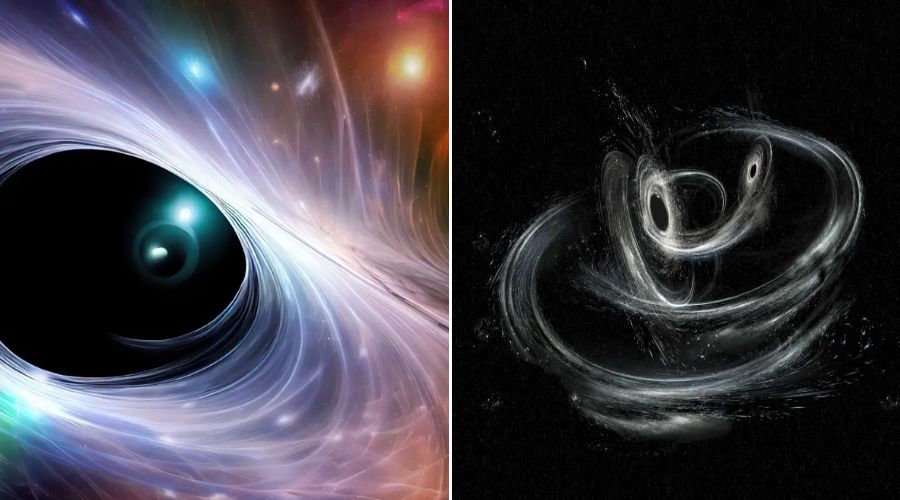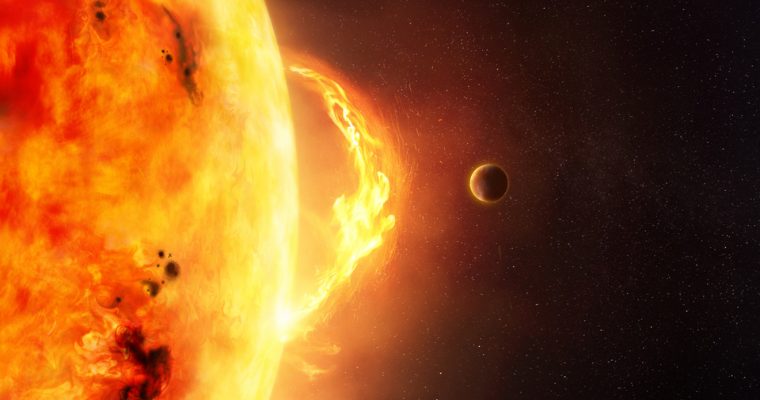In 2025, the Earth may be hit with a solar superstorm so extreme that it would be harder for us to recover from than the top 10 natural disasters combined.
Every 11 years, the sun’s magnetic poles flip, and during those Peak years, right before it flips, there is a higher amount of sunspots.

These spots are caused by larger concentrations of these bands that you see here, which are the sun’s magnetic field, and when those bands snap, that produces a solar flare and in just a few years, one of the biggest ever recorded could be heading straight towards Earth.
The last time that the Earth was hit by a solar superstorm of this magnitude was in 1859, and that event was so intense that auroras could be seen as far south as Hawaii.
The Carrington Event
This is known as the Carrington event.
These coronal mass ejections, or CMEs, are the same type of event that causes things like the Aurora Borealis, so it’s not like Earth doesn’t get hit by these CMEs.

They actually hit us all the time, but normally they aren’t large enough or severe enough to cause any severe damage to things like satellites.
Plus, the Earth’s atmosphere normally protects us from these electrically charged particles coming from the Sun under normal circumstances, but in 2025, we may not be dealing with normal circumstances at all.
We’re talking about sunspots and CMEs larger than the entire Earth.
In 2012, such a solar flare missed us by nine days, and yes, I’m talking about that- 2012..
You know that 2012, where everyone around the world was worried that the world would end nine days, that’s all.

That’s how many days a massive solar storm missed the Earth.
So what would actually happen if a planet-sized solar storm directly hit Earth?
Satellites
Like I mentioned at the beginning of the video, it would be harder to recover from than the top 10 natural disasters combined.
If we weren’t prepared- and I wasn’t joking- the first thing that would be affected are The Satellites.
You know, those machines that orbit around the Earth that we use for things like Gps, cellular communication, weather tracking, internet and many other things that we take for granted on a day-to-day basis.
If most, if not all, of the satellites orbiting the Earth were destroyed, it would take decades to deliver for new satellites to replace them.
Electrical Grid
The next thing that would go if we were unprepared is the electrical grid.
So no electricity for a very long time, and just that alone would cause unprecedented Widespread Panic.
It would make that 2020 toilet paper shortage that we all unfortunately remember- look like a total joke- grocery stores, convenience stores, General consumer and Big box Stores-
The shells would be picked clean and restocking those shelves would become its own challenges.
Transportation would also be massively affected.
The destruction of the world’s energy grid would cause death and Chaos across the globe.
Of course, it’s not that humans can’t survive without electricity, but we’ve become so reliant on it.

To be without it in an instant for an extended period of time would not be an easy adjustment.
But again, this is all said with the caveat of: if we’re not prepared- and thankfully we are many times in science
, Physics Specifically- Oftentimes the simplest answer is the correct one.
Protection
In this case, the best way to protect the planet’s satellites, power grid and infrastructure is to well, effectively – just turn them off for a short period a time, or at least put them into a safe mode of sorts.
With the sun being 93 million miles away, that means that it takes light 8 minutes to travel that distance.

N.a.s.a and other space and government agencies around the world are observing and monitoring the sun 24: 7.. some are doing so for scientific purposes, to learn more about our life-giving star and the universe as a whole, but others are observing it for more defensive purposes if a Cme super-sized solar storm is detected with the trajectory to hit Earth.

Everyone has eight minutes to put satellites in the power grid into safe mode or turn it off entirely until the storm passes.
This would save the majority of the satellites currently in use and protect the power grid.
While we do have a small window to do this, eight minutes is not a long time.
Just this video alone takes up around half of that time.
Conclusion
So while there are Provisions to safeguard against such a solar storm, it doesn’t mean that everyone will execute on those plans in time.
There would still be power outages and issues post-solar storm, but for the most part the planet would be just fine.

So if your power ever mysteriously goes out, in a few minutes later you look up and see an aurora dancing above your head, you’ll know exactly what’s happening.
A truly cosmically terrifying event is occurring, but thanks to our constant scientific observation of the universe and our solar system, you can look up and enjoy a once in a lifetime light show and know that you’ll be safe.







